✅Sleeping on your back or side keeps your spine in the most neutral position, If you choose to sleep on your side, make sure to support your pelvis with a pillow between your knees.
✅Take a look at the type of pillow that you use. If you sleep on your back, you need a lower pillow. Remember that the neck is what really needs to be supported vs. your head. If you sleep on your side. there’s a bigger negative space between your head and shoulder, so you need a firmer and higher pillow.
✅Tuck the bottom of the pillow above the shoulders. The pillow should support your neck, not your shoulders.
✅Medium-firm mattress is best. A mattress that is too soft will cause the heaviest parts of your body to sink, while a too firm mattress will not support the curves of the spine.
A good sleeping posture will improve the quality of your sleep, improving your overall energy and mood. Sweet dreams!

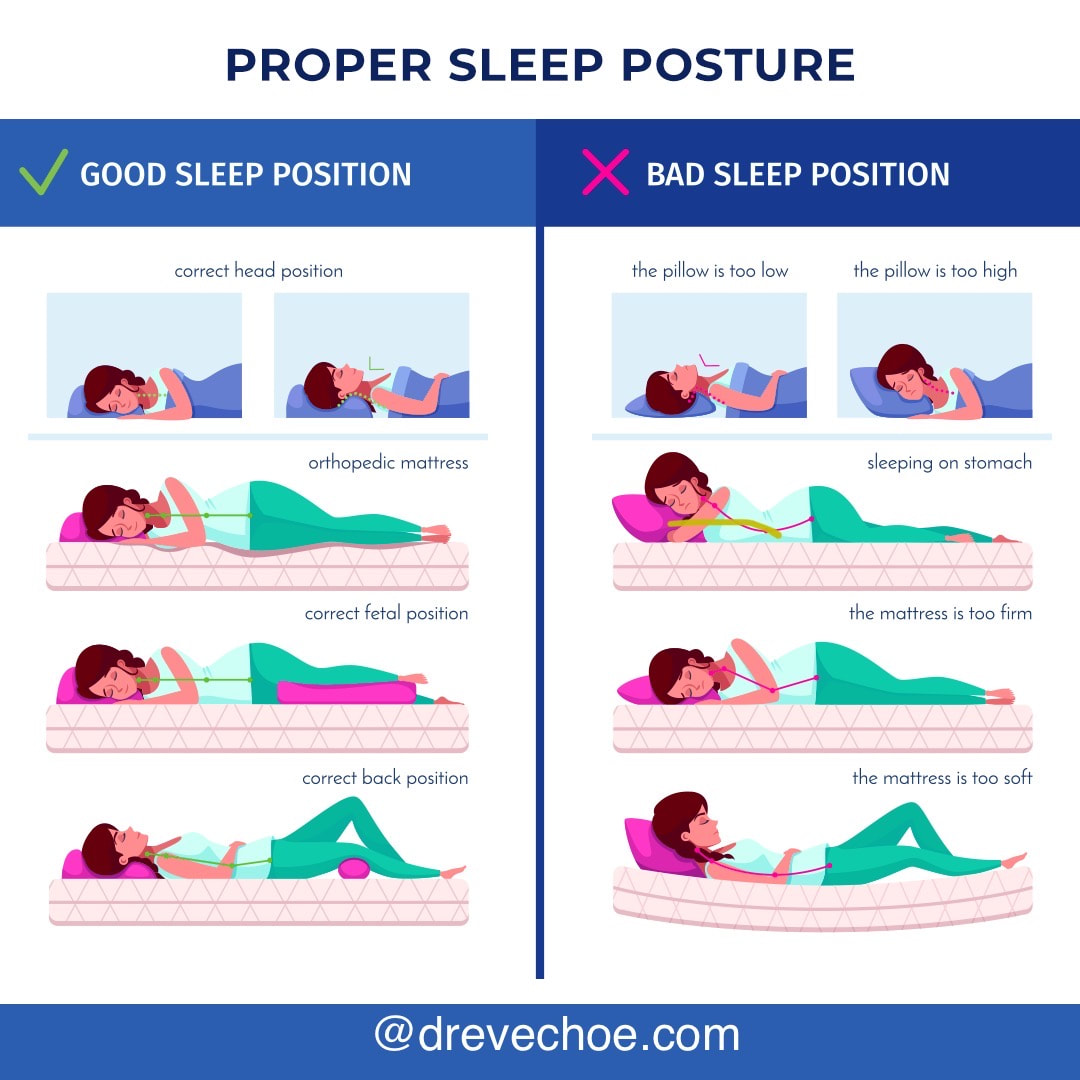
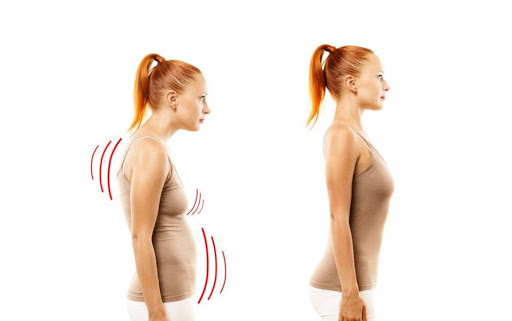
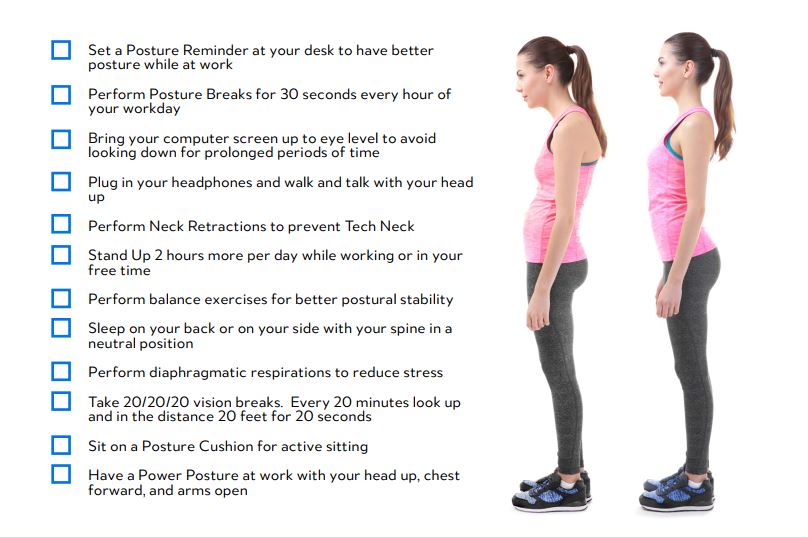


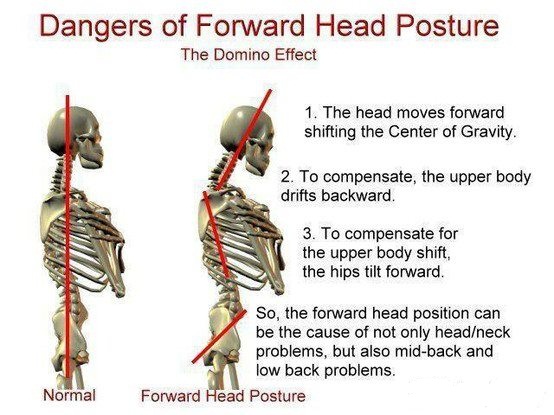
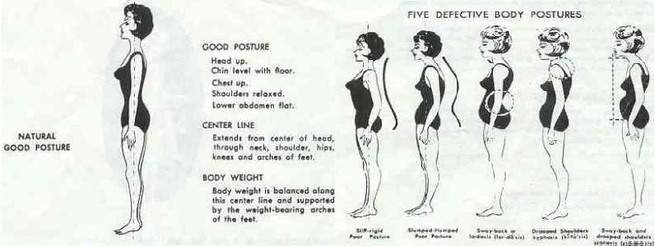




 RSS Feed
RSS Feed